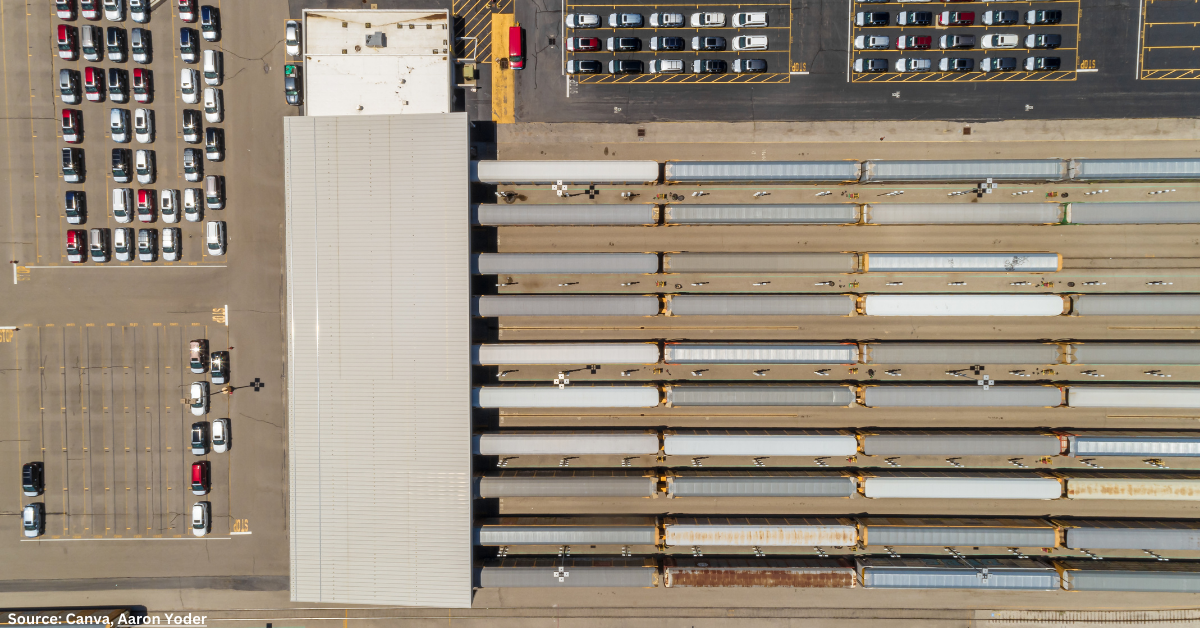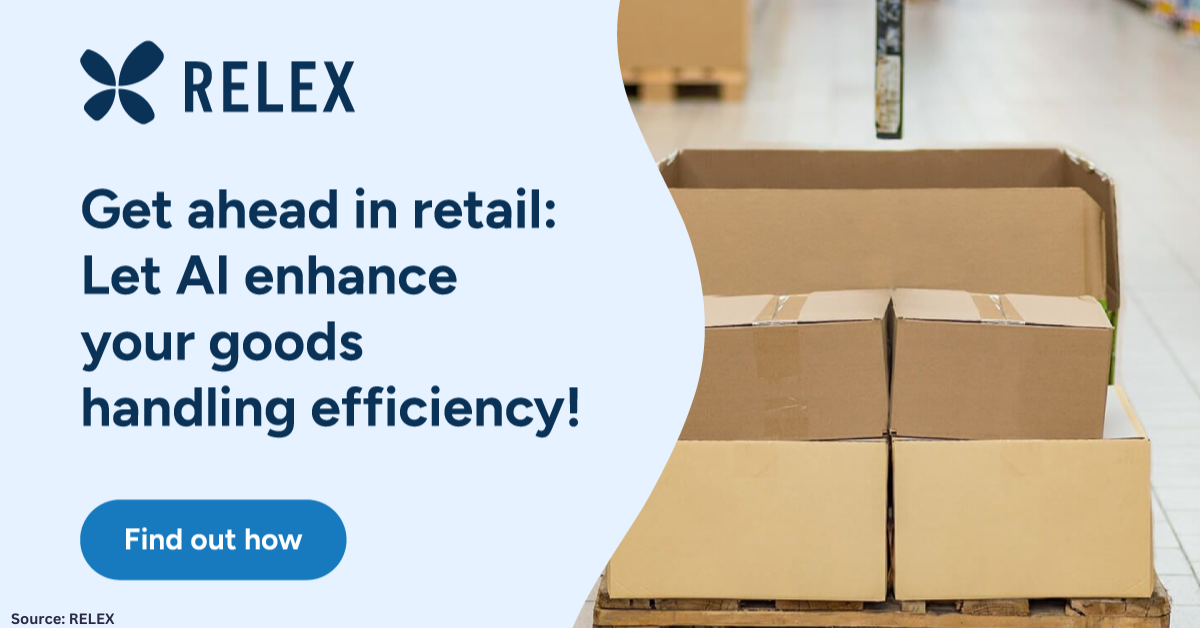The future of retail is at the mercy of global trends such as increased inflation, supply chain issues and labour shortages, to name a few. Kristie Davison, Vice President of Sales Asia Pacific at RELEX Solutions, identifies key trends retailers should be aware of heading into 2023.
Omnichannel is still in the express lane
The increased appetite for in-store shopping has redefined the retail landscape and set a new baseline for ecommerce growth. Omnichannel retail’s necessary and rapid evolution remains at the top of everyone’s mind amid all the industry’s changes.
However, most retailers still struggle to keep up with changing demand and omnichannel profitability. To be successful in the omnichannel space, retailers must not only protect margins but also ensure that their ecommerce channels are driving profit. They can only accomplish this with a trusted supply chain management solution that can accurately forecast each channel and deliver data-based insights. As a result, retailers can improve profitability by increasing forecast accuracy, automating more processes, and improving online and in-store operations, all while reducing waste and improving the customer experience across all channels, online and off.
Consumer behaviour shifts require careful promotional planning
Increasing financial insecurity brought on by soaring energy prices, inflation, and patchy product availability has made consumers more cautious about their spending. Nonetheless, retailers must continue to drive revenue and preserve their margins. Yet, many simply reuse the previous year’s data to develop annual promotion plans. Considering how quickly customer demand and shopping patterns have changed, this approach may not be the most cost-effective.
Companies who take advantage of data-informed planning software gain more leverage in future campaign planning. Fine-tuned promotion planning platforms evaluate reams of data in ways that a single person with a sprawling spreadsheet never could. Best-of-breed planning and optimisation software enables you to unify your data silos, plan and manage intelligent promotions, and drive replenishment from a single easy-to-use platform.
Sustainability is growing in importance
Increasing sustainability awareness drives consumers to seek more environmentally friendly alternatives. Retailers’ sustainability efforts are influencing the preferences and decisions of today’s shoppers.
Businesses manage the sustainability of their supply chains in many different ways. For years, RELEX has helped retailers reduce food waste through more accurate forecasting and inventory optimisation. Our grocery customers have consistently seen a reduction in food waste from 10% to 40% annually. Beyond improving their forecasting and replenishment to cut food waste, our clients have seen sustainability benefits by expanding their use of the RELEX platform in other ways. For example, the foodservice company Wihuri reduced food waste through increased supply chain visibility and the amount of goods they can donate. At the same time, e-grocer nemlig.com was able to use proactive markdown optimisation to reduce food waste.
Additionally, we have seen the effects of improved warehousing and transportation on our customers’ carbon footprint. For example, grocery retailer Bünting reduced their distribution mileage and corresponding emissions by 27%. As the carbon impact of distribution is highly dependent on the vehicles used, the impact of transportation is even more challenging to measure than the impact of reduced food waste. Still, we’re certain that RELEX will also be able to make progress in that area.
Automated demand forecasting and replenishment are proving essential
Reliable demand forecasts are integral to the health of your supply chain because they reduce uncertainty. With an accurate calculation of how many items they will sell at any given time, retail companies can order, allocate, and replenish those items accordingly.
Some retailers still rely on spreadsheets and manual calculations. However, high-powered statistical analysis is best executed by specialised software designed to process enormous supply chain data sets beyond human planners’ capability. Nearly 50% of retailers manage inventory manually and don’t know how much stock they have in each store.
The efficiency of a retailer’s replenishment operation significantly impacts profitability. The accuracy and effectiveness of store ordering affect sales through shelf availability and impact handling, storage, and wastage costs in stores and other parts of the supply chain. Accurate, item-level control is virtually impossible to achieve with manual store ordering.
An automated replenishment system enables retailers to reduce time-consuming manual order management, quickly classify products based on sales patterns and attributes, and optimise safety stocks and replenishment rules accordingly. The resulting forecasting and replenishment accuracy increases turnover rates by serving the same demand with lower inventory levels.
Key Trends that Retailers Should Look Out For
Read “Demand Forecasting for Retail and Consumer Goods: The Complete Guide” for more insights on how to establish a strong foundation for demand forecasting best practices in the supply chain environment.

























































Follow us on social media